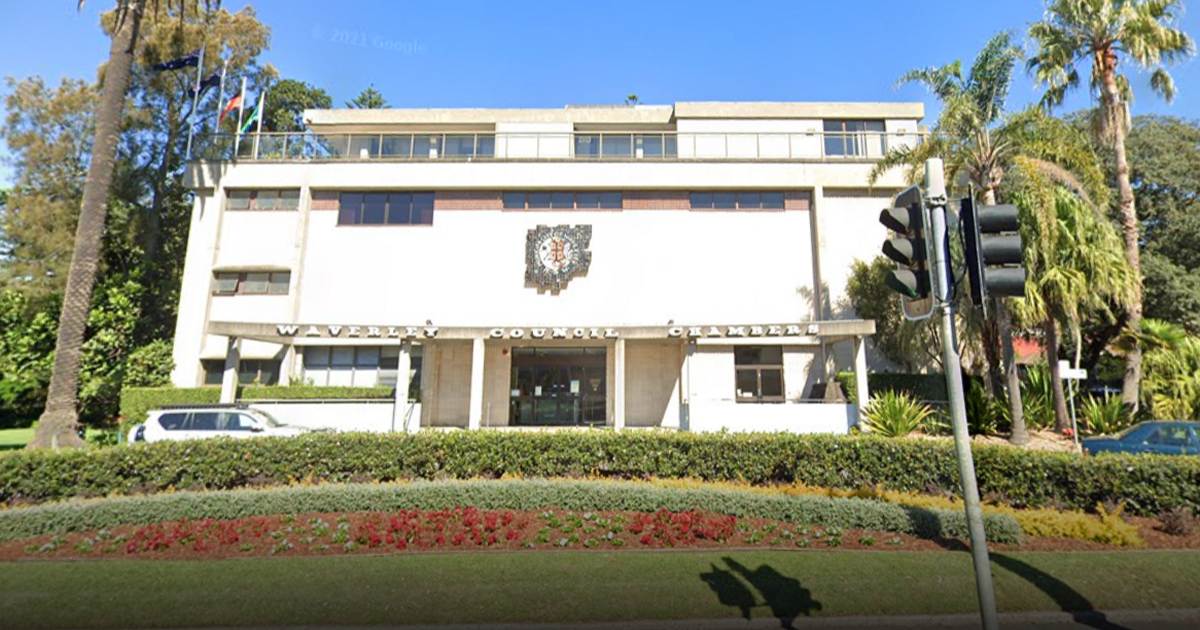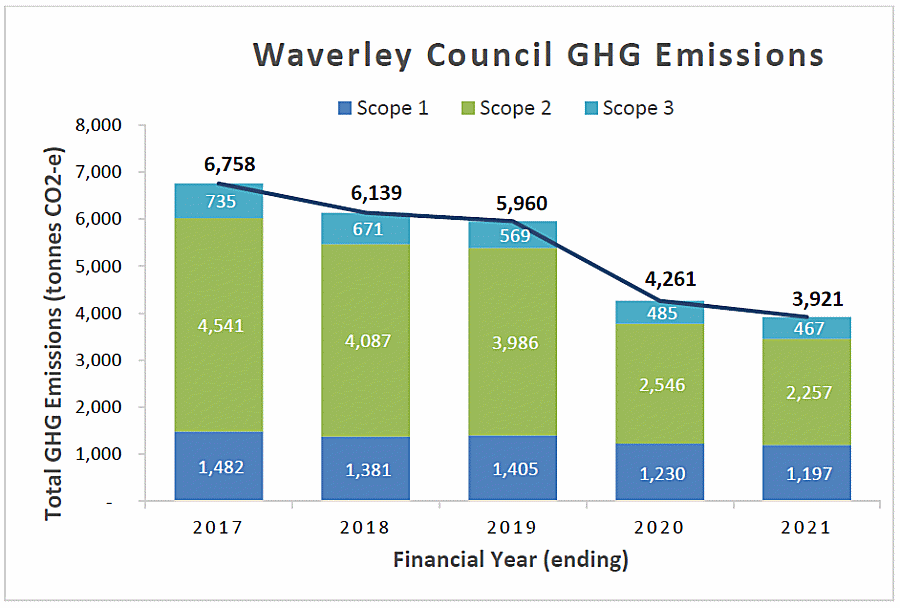
New South Wales’ Waverley Council committed to bringing forward its zero carbon emissions target by 20 years at its meeting last week.
Waverley Council is a local government area situated in the eastern suburbs of Sydney and has a population of around 66,800 as at the last census.
Council’s previous net zero carbon emissions target was 2050, but it recognised that was too far down the track. In June this year, Council unanimously supported a Mayoral Motion investigating setting a new target of 2030, and it seems no time was wasted in that investigation wrapping up.
“It is essential that our carbon footprint is reduced as quickly as possible, and I am proud that Council is showing leadership by setting this target for our organisation,” said Mayor of Waverley, Paula Masselos.
Waverley Council says it will meet the new target by purchasing 100% renewable energy, phasing out gas, switching to electric vehicles and other energy efficiency initiatives.
Minutes from the meeting note purchasing 100% renewables-based electricity is likely to cost the same or less than the current cost of electricity. Renewable electricity Council is already purchasing is generally cheaper than the non-renewable power it buys.
As for converting Council’s vehicle fleet to electric vehicles, this will involve an estimated cost of approximately $4.5 million – but then there will be ongoing savings in terms of “fuel” (renewables based electricity) and maintenance.
“Not keeping climate change within the 2-degree limit outlined in the Paris Agreement will have catastrophic consequences for Australia and our planet,” Mayor Masselos said.
And the Waverley LGA is already feeling some of the impacts associated with a warming planet.
Even prior to this announcement, Council had made solid progress on emissions reduction as this graph demonstrates.

What Are Scope 1, 2 and 3 Emissions?
The word “scope” is often associated with mentions of emissions targets and there are three different types:
- Scope 1: direct emissions from sources a company/organisation owns or controls (such as vehicles).
- Scope 2: indirect emissions associated with generation of energy purchased (e.g. electricity supply).
- Scope 3: all indirect emissions not part of Scope 2; i.e., the scope 1 and 2 emissions of another business or organisation.
What About On-Site Solar Power?
There was no mention of installing solar power systems on Council assets, which was interesting as that provides the best bang for buck. However, Waverley Council is certainly familiar with benefits of solar panels through prior installations and involvement in several local programs.
Solar my School was founded in 2016 by Waverley, Woollahra and Randwick Councils. It’s an award-winning initiative that makes it easier for schools to access the emissions and bill-busting technology. Among the schools to benefit from the assistance is Bondi Beach Public School, which had a 70kW solar system installed.
Other similar programs being run by the three Councils are Solar My Club, and Solar My Strata for apartment buildings.
Within the LGA generally, solar power uptake isn’t as strong as it is in some Sydney metropolitan areas, with only around 380 systems in the Waverley/Bronte postcode area and 557 in Bondi’s installed to date.

 RSS - Posts
RSS - Posts



Speak Your Mind